ASIA ELECTRONICS INDUSTRYYOUR WINDOW TO SMART MANUFACTURING
Mitsubishi’s Unique e-F@ctory Simplifies Production
Mitsubishi Electric’s Nagoya Works Shinshiro Factory, located in Shinshiro in Japan’s Aichi Prefecture, has been manufacturing three-phase motors since 1974. Here, they significantly overhauled the manufacture of a key product range, the SF-PR Series.
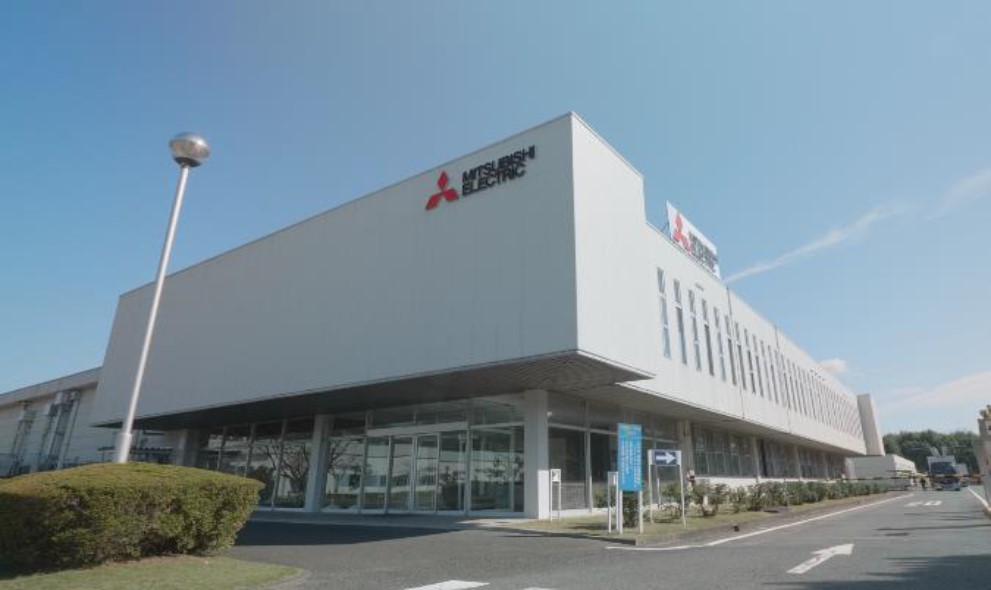
To illustrate, utilizing e-F@ctory-based Digital Manufacturing processes and concepts enables the company’s customers in Japan to choose from 40,000 models. Furthermore, they can be available in a five-day delivery window. Moreover, customers who can wait 15 days, the choice expands to 2.3 billion different product variations. This covers most customer’s needs and applications.
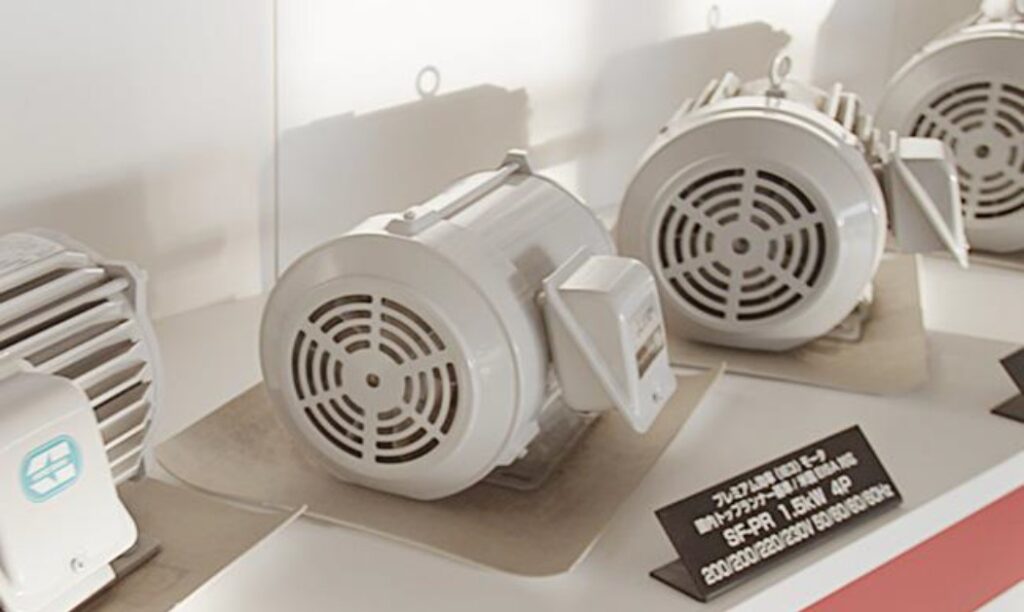
e-F@catory Simplifies Manufacturing Processes
Mitsubishi Electric produced the products entirely in Japan, from material procurement to parts processing and assembly. Furthermore, the number of variations and short delivery window demonstrates the factory’s capabilities for flexible, high-quality production with improved productivity.
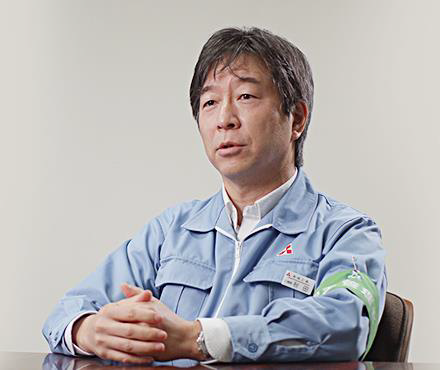
“To deliver a wide variety of products in a short period of time, our target was to tackle the long manufacturing lead time,” said Hiroyuki Akita, General Manager of Nagoya Works’ Shinshiro Factory, Mitsubishi Electric Corporation. “We focused on how we handle the entire production schedule and how we could shorten each process, from the manufacturing of parts and products to the shipment of these products. This is where we leveraged e-F@ctory to synchronize our complex manufacturing processes.”
One of the key variations in motor specification is the electromagnetic performance, which affects the characteristics of the motor. This density of the windings of the coil around its iron core varies this and complements the customer’s selected motor performance.
“With e-F@ctory, we were able to increase productivity by reducing the time we need for complex procedures like preparing the set-up for the winding process and also the winding process itself,” Akita continued.
To illustrate, automation and manual work co-exist in a winding process. The production management system gathers “work time” from the automated machines. In addition, it also sees how much time each worker needs for each process.
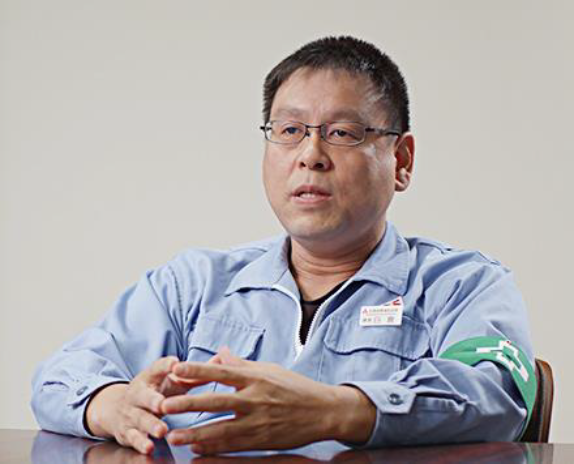
“We wanted to determine where each process began and ended to measure the work time,” explained Noboru Shirakura, Senior Manager in charge of Manufacturing Engineering at the Shinshiro Factory. “Each worker’s movements are basically lifting up the tool and placing it back again, so we measured the work time by attaching sensors to the tool holder.”
Another key factor around a motor’s specification is the shaft that rotates inside the motor. The specifications of the shaft need customization depending on the use of the motor. Nonetheless, that takes time to adjust on the shaft line unit by unit.
“Our competitive advantage would rely on the automation of the shaft machining process and how much time we can reduce in this process,” said Akita. Meanwhile, Shirakura added, “The bottleneck in the shaft line was the final grinding process. We wanted to shorten this process. So, we replaced part of it with turning in the preceding process.”
To reduce the machining performed by the grinder, data captured by the real time e-F@ctory process is fed back from the grinder to the NC lathe to stabilize the machining accuracy.
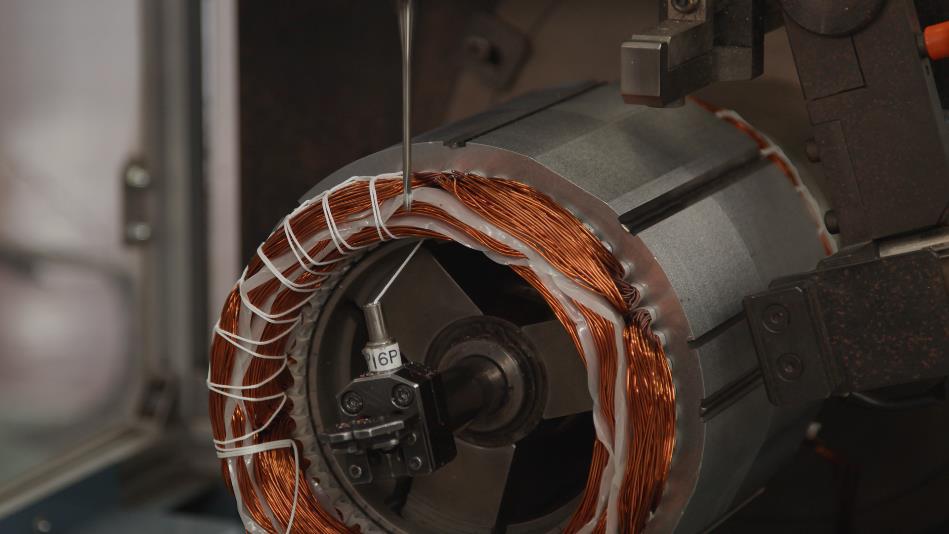
Enables New Opportunities
At the Shinshiro Factory they are now considering new ways to utilize the data collected by the e-F@ctory Digital Manufacturing concept.
“We are currently trying to deal with tool wear in machining equipment. Determining the optimal setting will help us manage tool life and improve efficiency,” Shirakura explained.
With a tool wear diagnosis system, data can be automatically collected to determine the optimal wear value, or tool life.
Shirakura added, “Previously, we set tool life spans based on our experiences, but with the new system, we may be able to use tools for a longer period than before. This will help us reduce tool costs.”
Mitsubishi’s e-F@ctory allows easy linkage to the software platform “Edgecross” to collect and leverage data from machines of different brands or even older machine tools. This helps not only to visualize machine tool data and improve productivity, but also introduce a low-cost system in a short period of time.
“The three-phase motor is a mature product, so to be competitive in the market we would need a wide lineup and short delivery time. In this aspect, e-F@ctory plays an essential role. Without e-F@ctory, we would not be able to provide products in such a short delivery time,” Akita concluded. “By utilizing data for production, we now see new opportunities in this mature market. We will be able to create new services.”




